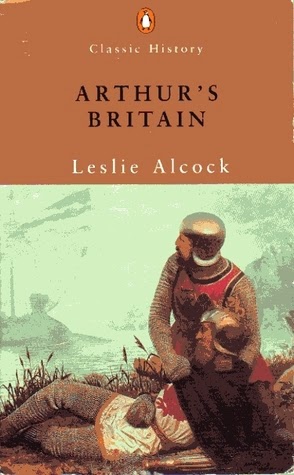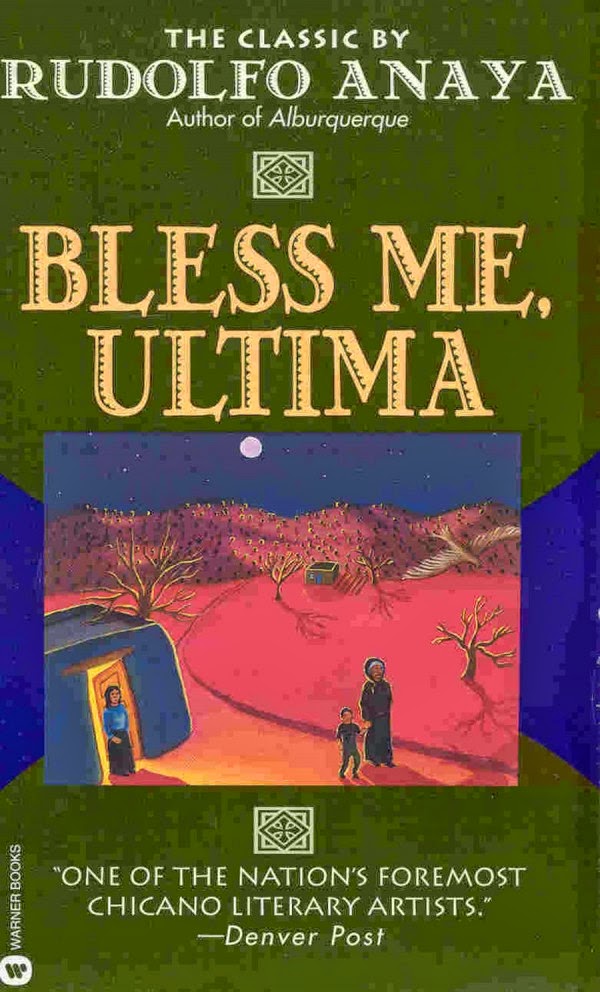Maidenhair

Maidenhair , by Mikhail Shishkin This book has been a long-term project. It's a Russian modernist novel that made a big splash a few years ago. I've been reading it, slowly, since...January? It's not that it was incredibly difficult; it's weird but if you let it wash over you it's not overwhelming. But taking it slowly worked pretty well for me. There are several strands in the braid that make up Maidenhair : A translator at a Swiss border post interprets for Russian people seeking asylum. They tell long, elaborate stories (often untrue) and Peter sometimes does too. In fact, sometimes you wonder which is which. He writes letters to his son, "Nebuchadnezzarsaurus," about the boy's imaginary kingdom. There are sections of the diary of a Russian singer who was a young teen in 1914 and who lived to see the USSR crumble. The interpreter re-lives his affair with his son's mother (his wife?) and his obsession with her former lover, calling...















